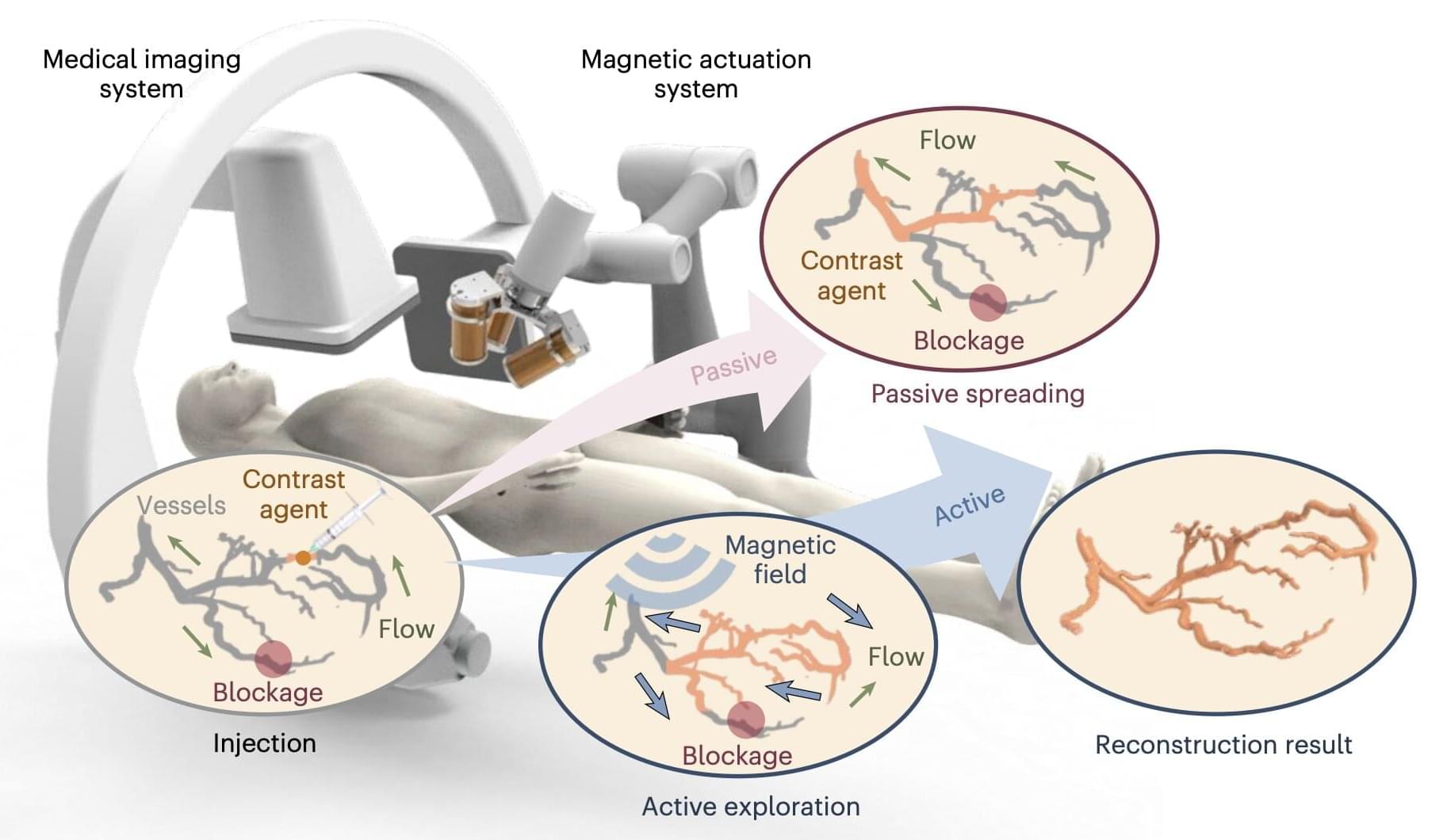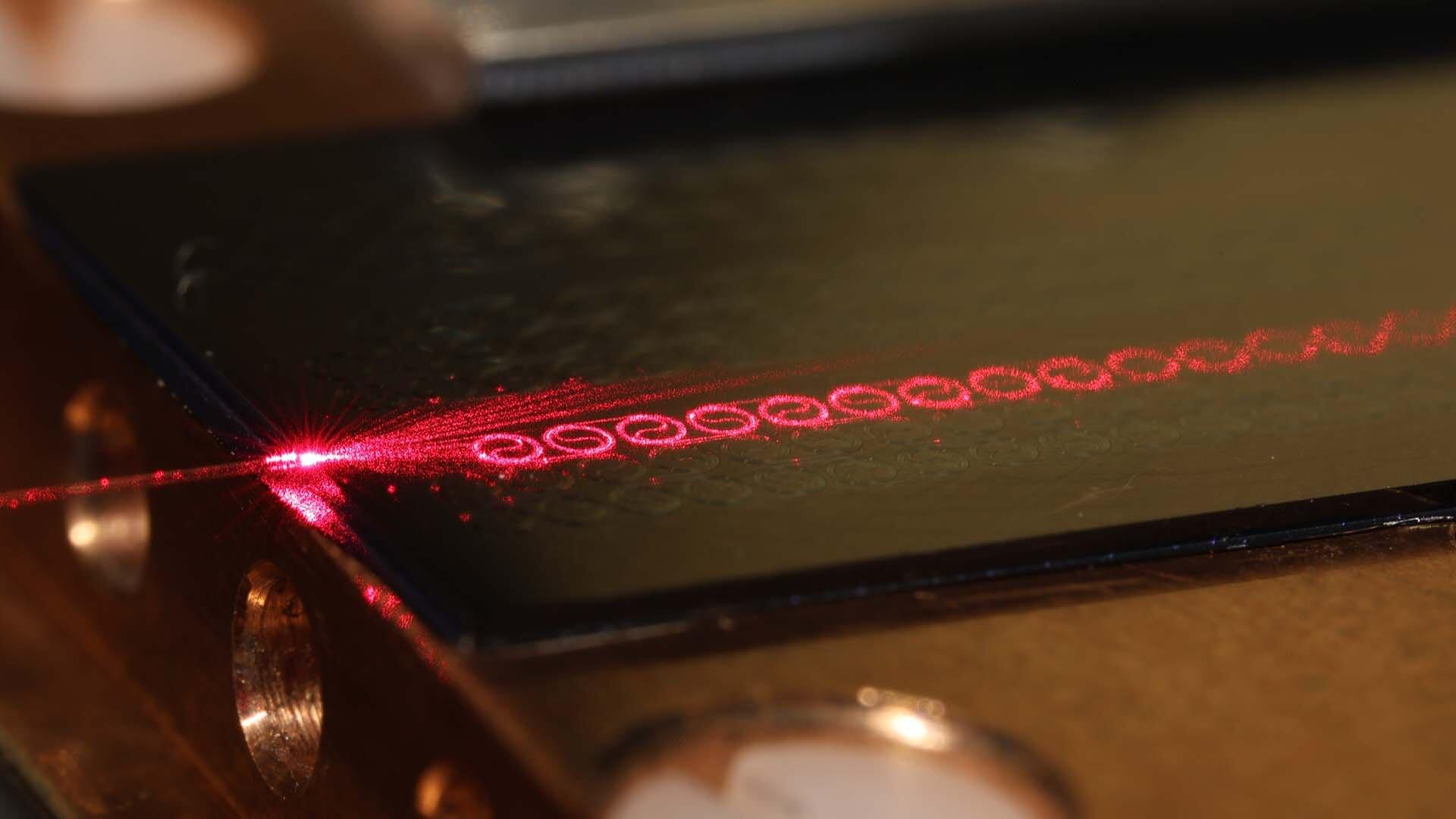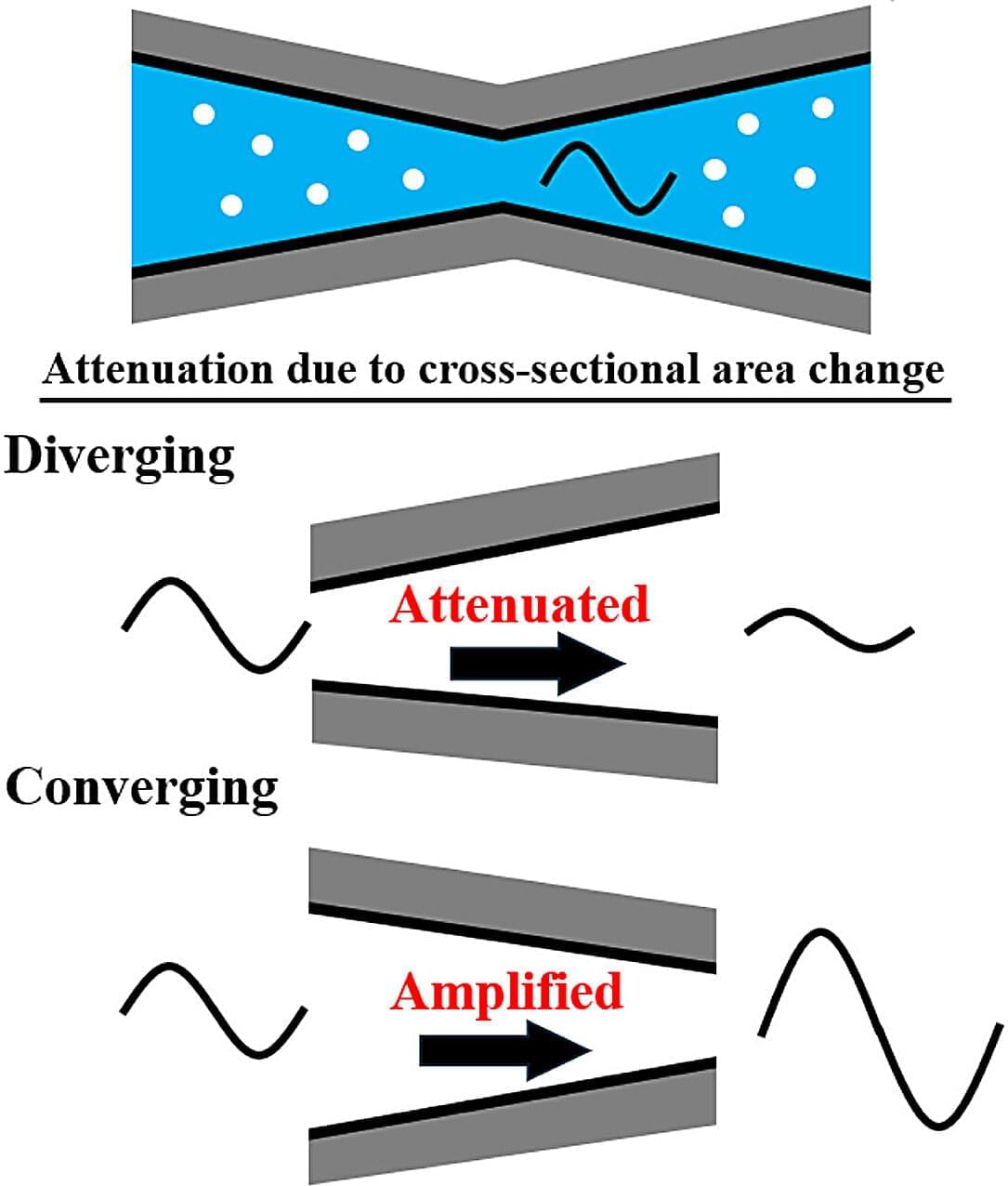Angiography is a widely used medical imaging technique that allows medical researchers and doctors to capture the vascular network (i.e., blood vessels) using contrast agents, substances that enhance the visibility of specific structures inside the body when exposed to X-rays or other imaging approaches. Conventional angiography techniques rely on contrast agents that are distributed through blood vessels, leveraging the natural flow of blood in the body.
Despite their widespread use, these approaches have significant limitations. For instance, they struggle to visualize upstream regions (i.e., regions in blood vessels that are against the direction of the blood flow) or areas that are blocked by materials (e.g., blood clots). This inability to visualize some regions limits the use of angiography for diagnosing and planning the treatment of some vascular conditions, including narrowed vessels, blood clots and abnormal connections between vessels.
Researchers at the Shenzhen Institute of Artificial Intelligence and Robotics for Society and the Chinese University of Hong Kong recently introduced a new method for exploring and reconstructing vascular networks utilizing swarms of magnetic microrobots. Their proposed approach, outlined in a paper published in Nature Machine Intelligence, enables the 3D imaging of vascular networks, including upstream regions and blocked areas.








